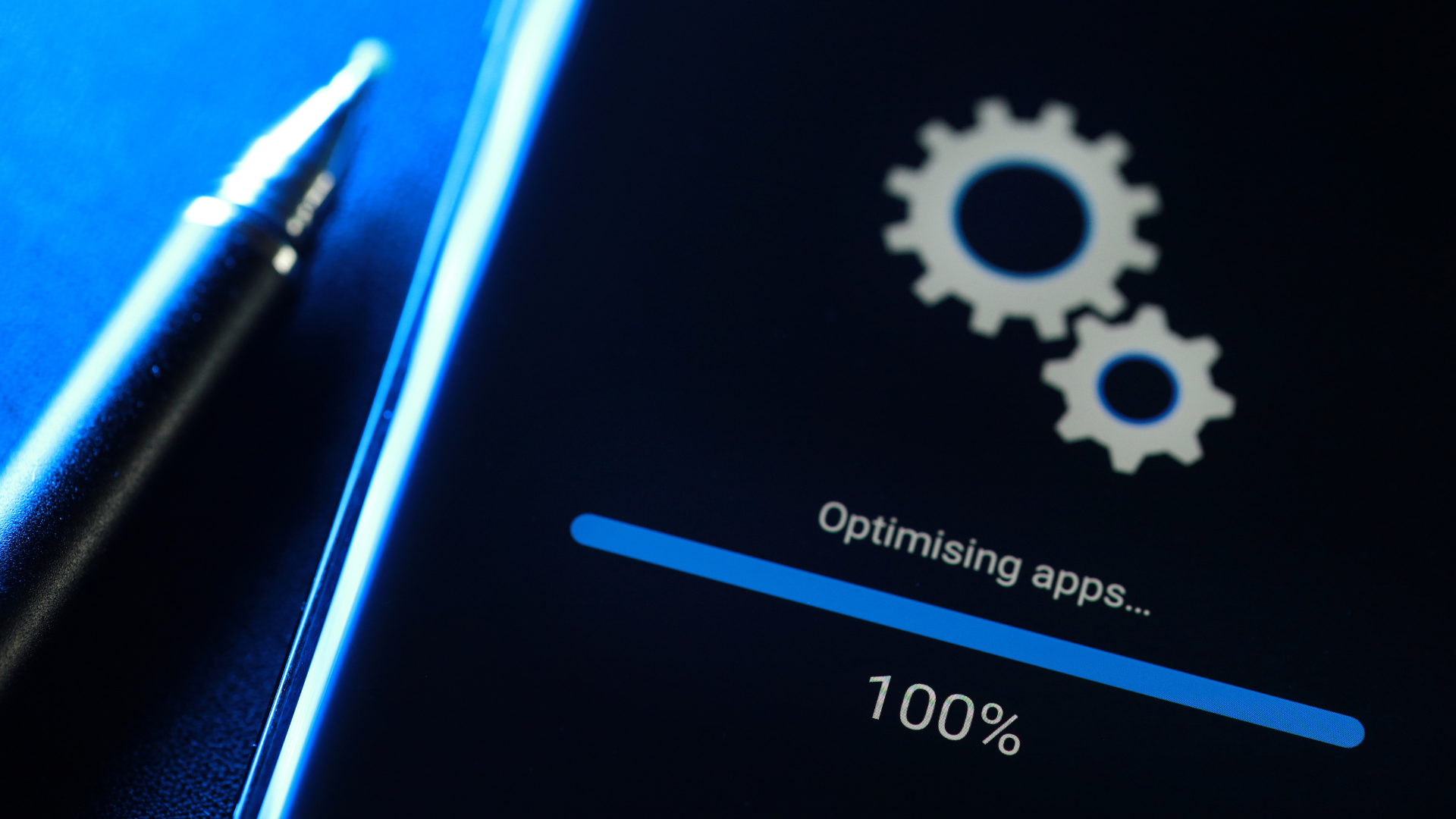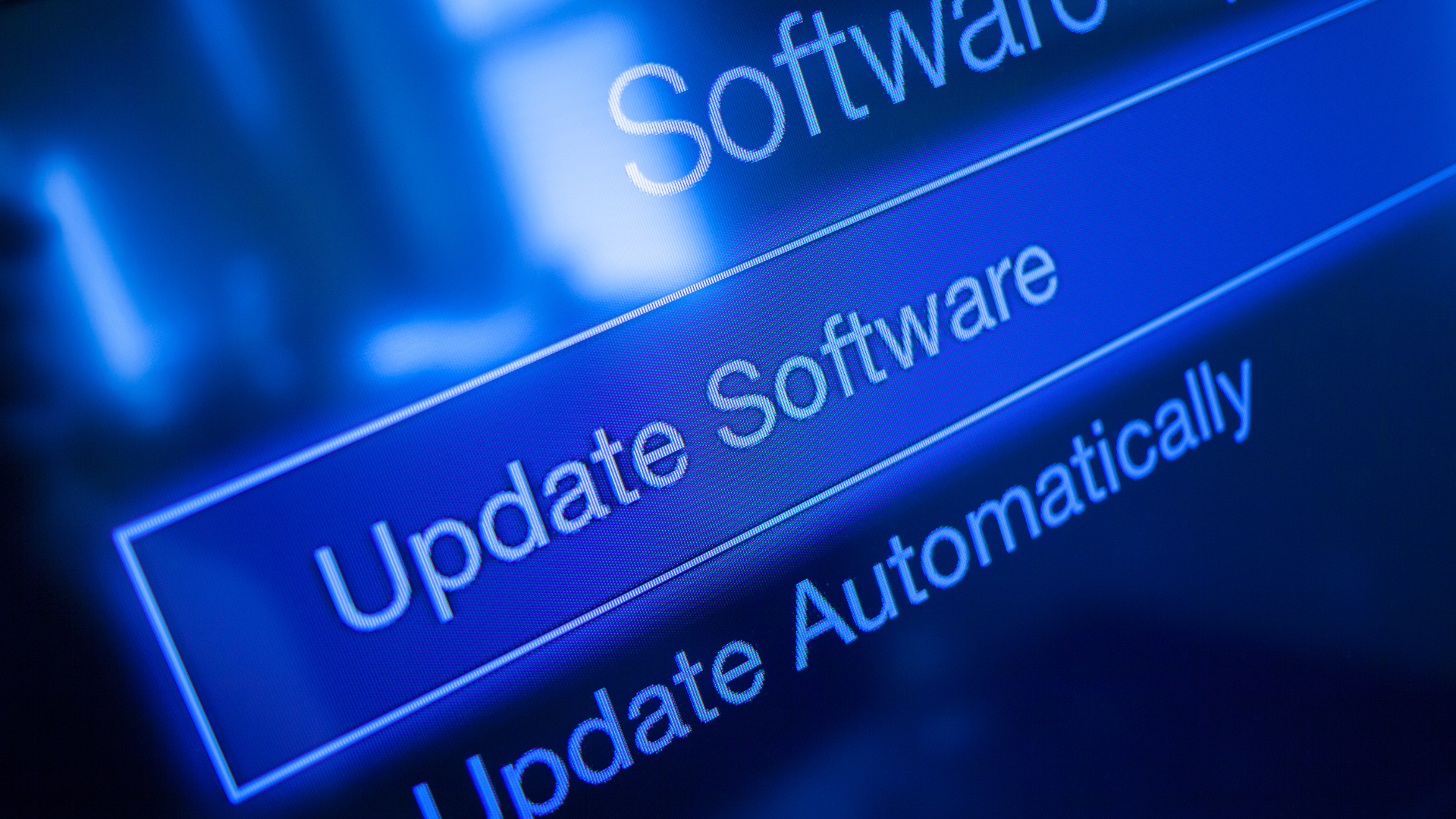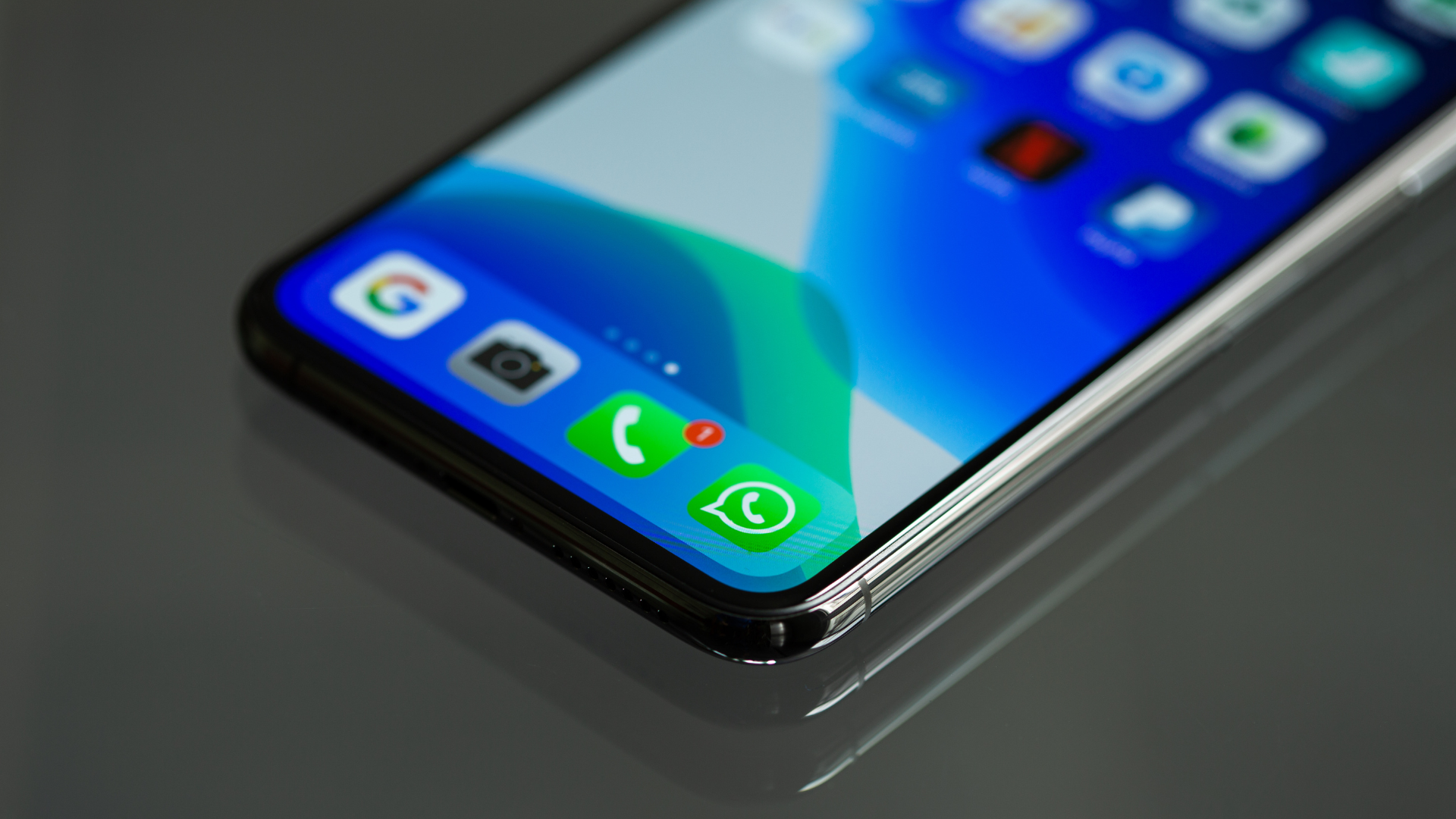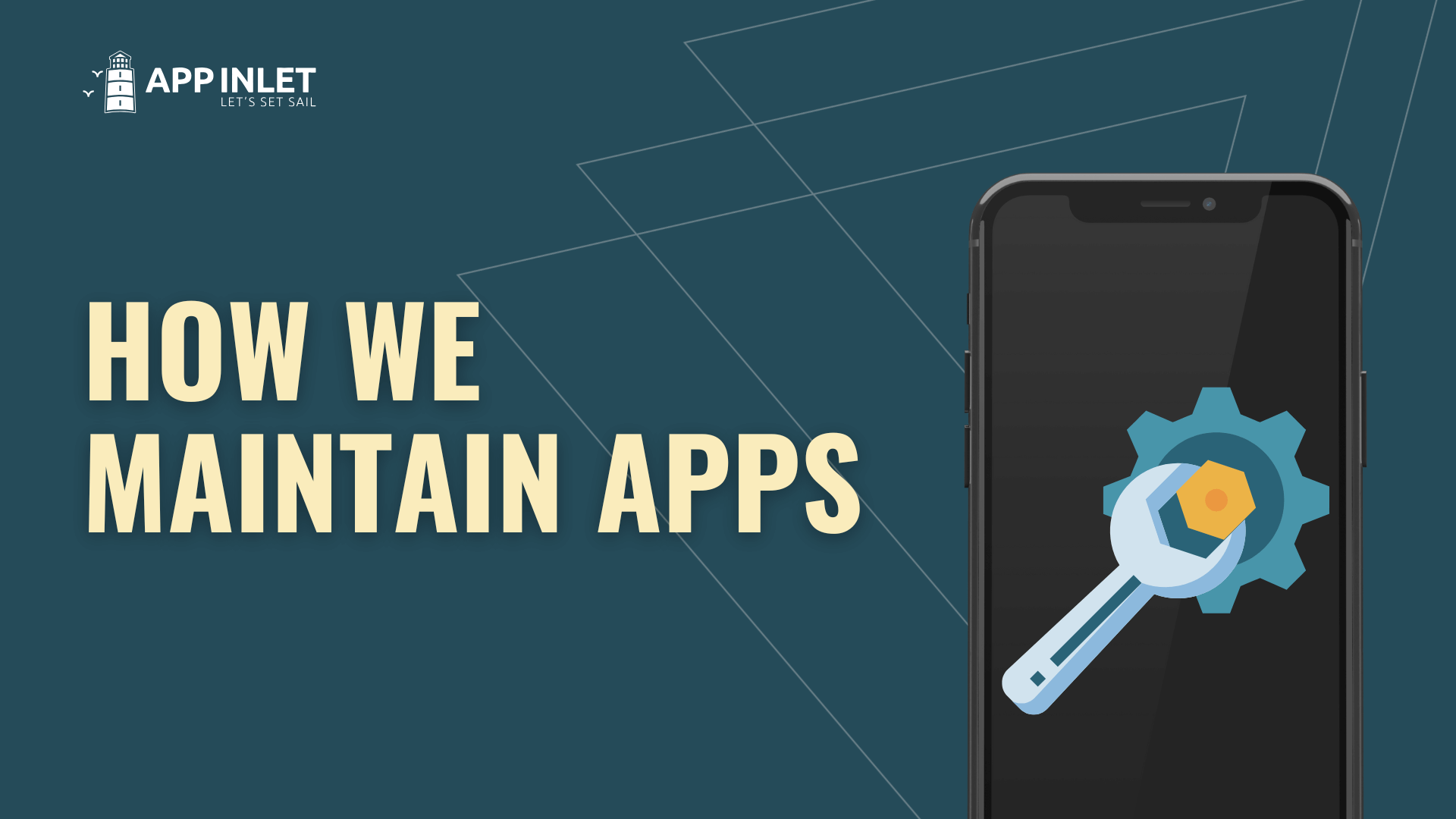In today’s fast-moving digital world, launching an app is not the end of the journey. It is only the beginning. Just like a car needs regular servicing to run well, an application requires consistent maintenance to stay secure and efficient. Many businesses mistakenly treat app release as the finish line instead of the start of long-term care. Neglecting regular updates can lead to poor performance, security risks, and unhappy users.
Here’s why regular app maintenance matters and how updates protect your investment.
1. Security Comes First
Cybersecurity threats evolve daily. Hackers look for weaknesses in outdated applications, making them easy targets. Without updates, your app is vulnerable to breaches.
Security patches are one of the most important parts of app maintenance. Developers release them to fix vulnerabilities and strengthen defenses. Applying patches regularly helps prevent data leaks, malware, and other attacks. For industries like finance, healthcare, or e-commerce, ignoring security can cause huge losses and even legal penalties.
2. Compatibility with New Devices and Operating Systems
Mobile technology changes fast. Apple, Google, and other providers release new operating systems every year. These include new features, security tools, and performance upgrades. At the same time, manufacturers launch new devices with different hardware.
If your app is not updated, users may face bugs, crashes, or broken features. For example, something that worked on iOS 16 may stop working on iOS 17. Regular updates keep your app running smoothly on the latest devices and operating systems.

3. Improved Performance and Speed
Even well-built apps can slow down over time. Old code, memory leaks, or inefficient database use can hurt performance. Regular updates allow developers to refine code, remove errors, and optimize processes.
Performance updates improve speed, reduce crashes, and lower battery drain. Since users expect fast responses, these improvements are vital. An optimized app keeps customers engaged and prevents them from switching to a competitor.
4. Enhancing User Experience (UX)
User expectations grow over time. A design that looked modern two years ago may now feel outdated. Updates give you the chance to improve navigation, refresh design, and respond to user feedback.
Small changes can have a big impact. Adding dark mode, improving menus, or making onboarding easier all improve the user experience. A better UX shows users you care. It also leads to better reviews, higher engagement, and long-term loyalty.
5. Staying Ahead of Competitors
The app market is very competitive. If you are not improving your app, your competitors are. Regular updates help you stay ahead by letting you introduce new features and adapt to trends quickly.
For instance, apps that adopted biometric login early gained an advantage. Those who delayed lost users and relevance. Innovation and speed matter, and updates keep you competitive.

6. Cost Efficiency in the Long Run
Some businesses delay updates to cut costs. This strategy often backfires. Small issues grow into big problems if left unchecked, leading to expensive fixes later.
Think of it like a roof leak. Fixing it early is cheap, but ignoring it leads to costly water damage. The same is true for apps. Consistent updates prevent major breakdowns and save money over time.
7. Building Trust and Credibility
Users notice when an app has not been updated for years. It signals neglect and makes people question reliability. Regular updates, even small ones, show users that the app is supported and safe.
For businesses, this builds trust and strengthens credibility. In the digital world, trust is one of the most valuable assets—and app maintenance helps preserve it.
Best Practices for Regular App Maintenance
To get the most value from updates, follow these best practices:
- Set a Schedule – Plan monthly or quarterly updates.
- Monitor User Feedback – Use reviews and support requests to guide improvements.
- Test Across Devices – Always check compatibility with new OS versions and devices.
- Track Performance Metrics – Monitor crashes, speed, and feature usage.
- Automate Testing – Automated tools help catch bugs early.
- Communicate Clearly – Share update notes so users know what has improved.

Launching an app is not the final step—it’s just the beginning. Regular updates are essential for security, performance, user satisfaction, and staying competitive. In today’s fast-changing market, maintenance is not optional. It is what keeps your app relevant and reliable.
Neglecting updates is like skipping health check-ups. The problems may not show right away, but they will surface eventually. By making app maintenance a priority, you protect your investment and build a foundation for long-term success.
Visit our Article page to see other helpful articles and videos.
Follow us on social media to stay up to date.

